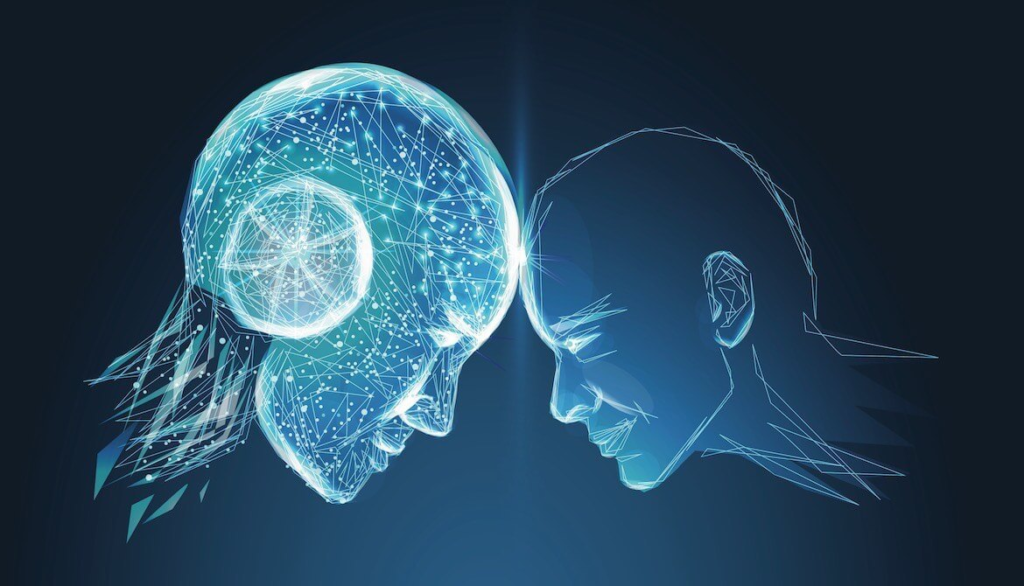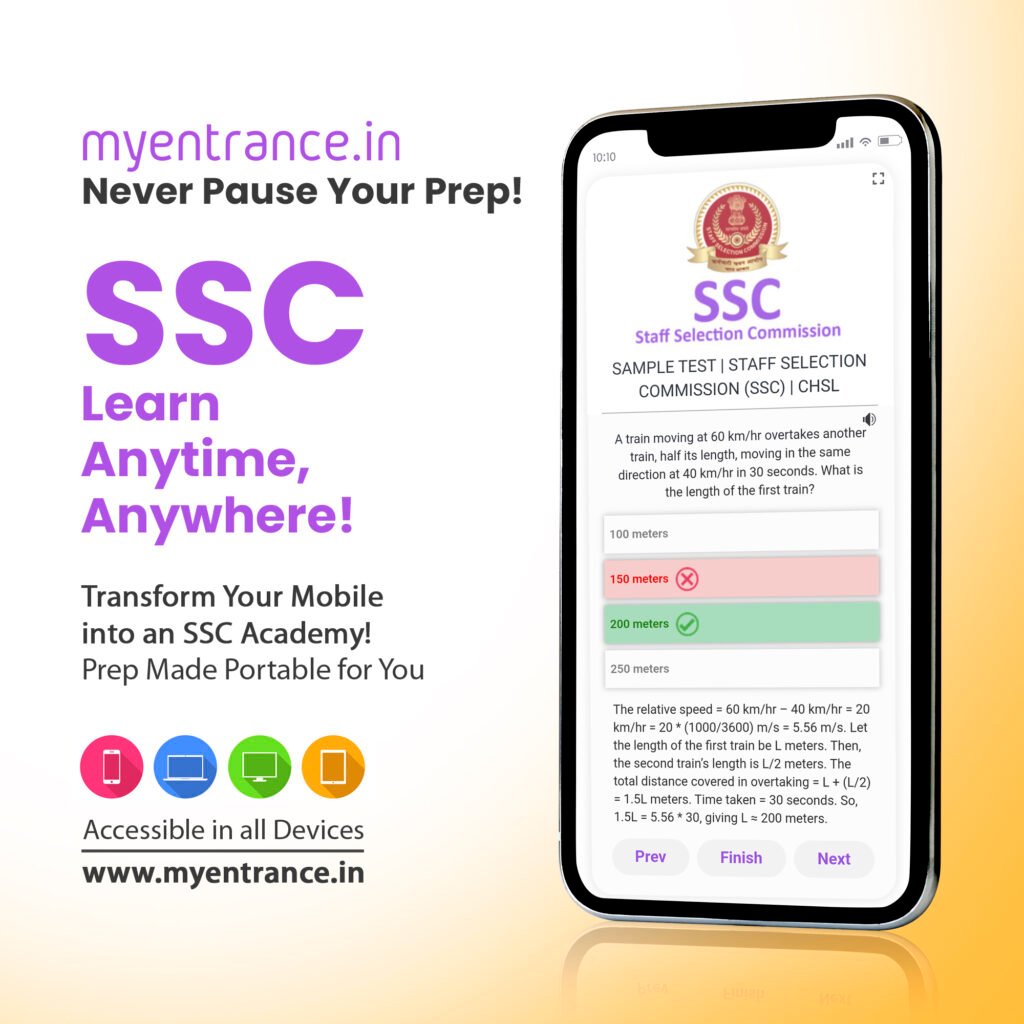
The advent of artificial intelligence (AI) heralds a transformative era in the global workforce landscape. As AI technologies become increasingly sophisticated, they promise to revolutionize industries by optimizing processes, enhancing productivity, and creating new avenues for innovation. However, this technological leap also brings to the fore concerns regarding its impact on future job openings and the potential displacement of human labor. The question of whether AI will be a friend or foe to the future workforce is a matter of intense debate and speculation.
AI’s integration into various sectors is already reshaping the nature of work. From automating routine tasks in manufacturing and services to sophisticated applications in healthcare diagnostics, AI is proving its capability to handle tasks once thought exclusive to human intelligence. This shift promises efficiency and cost savings for businesses but also raises the specter of job losses and the obsolescence of certain roles. The potential for AI to automate jobs has sparked concerns about mass unemployment and the widening of the economic divide between those with and without the skills to thrive in an AI-driven economy.
Despite these fears, there is also a growing recognition of the opportunities AI presents for creating new job categories and enhancing human capabilities rather than merely replacing them. AI can act as a catalyst for job creation in sectors that require human-AI collaboration, leveraging the strengths of both to achieve outcomes neither could attain alone. For instance, in healthcare, AI can analyze data to identify patterns and recommend treatments, while human professionals provide the empathetic care and nuanced judgment that machines cannot.
The challenge lies in preparing the workforce for this AI-augmented future. This preparation entails not only equipping individuals with the technical skills to work alongside AI but also emphasizing the uniquely human skills—such as creativity, emotional intelligence, and critical thinking—that will become increasingly valuable in an AI-saturated job market. Educational institutions, governments, and industries must collaborate to redesign curricula, promote lifelong learning, and ensure that workers are resilient and adaptable to the changing demands of the labor market.
In conclusion, while AI poses significant challenges to future job openings, it also opens up possibilities for enhancing human work and creating new employment opportunities. The key to harnessing the potential of AI lies in proactive adaptation, continuous learning, and the strategic development of both technical and soft skills. By embracing this approach, society can navigate the complexities of the AI revolution and ensure a future where technology amplifies human potential rather than diminishes it. “Embracing the AI Wave: Future-Proofing Jobs for the Next Generation” captures the essence of this dual challenge and opportunity presented by artificial intelligence in the evolving landscape of work.




































Leave a Reply